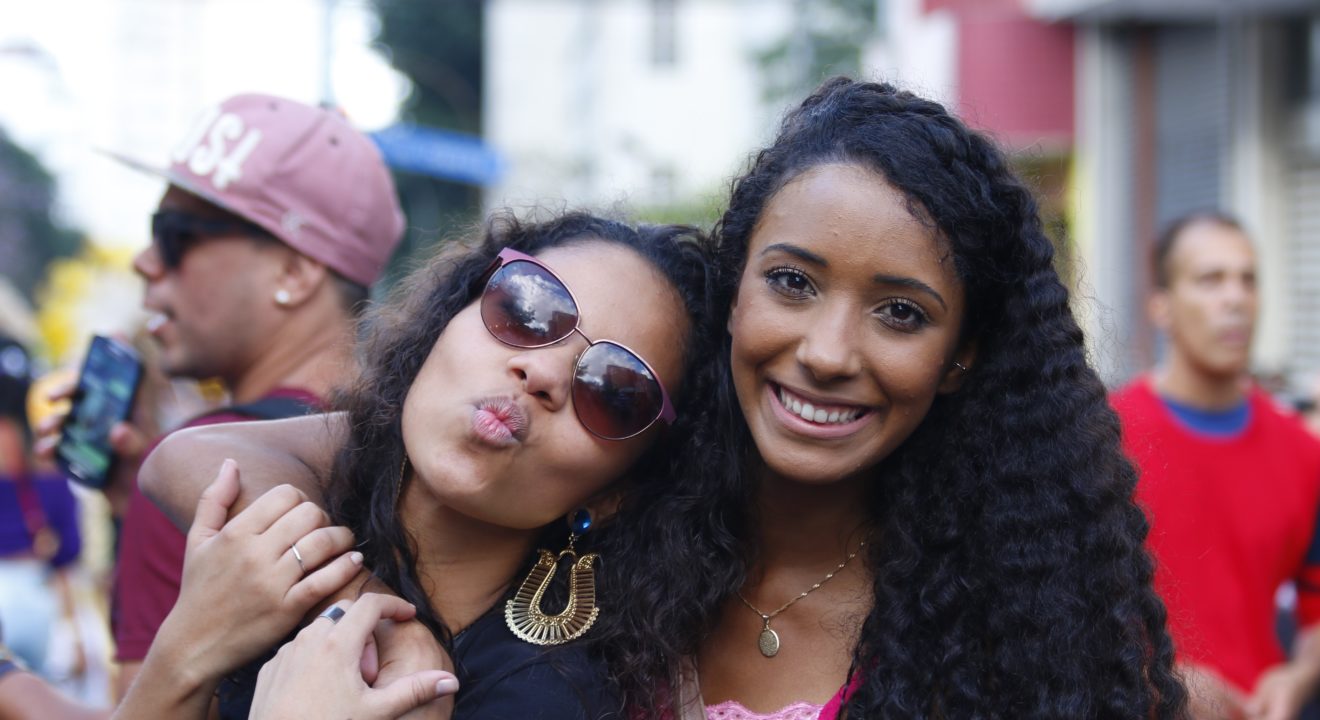Politics October 16, 2016


Gabriel Figuiera Lima was just 21 years old last June when he was stabbed in the neck and left to die. A few days earlier, Edivaldo Silva de Oliveira and Jeovan Bandeira were murdered, their bodies thrown into the trunk of a car and set alight.
According to Mexico’s Citizens’ based Center for Public Security and Criminal Justice, Brazil is the murder capital of the world. No other country in the world has more cities inundated with violent crime. According to Nation Master, Brazil has a murder rate of 22 homicides per 100,000 while the United States has a rate of five homicides per 100,000. The stats are clear – Brazil’s crime runs rampant. So what makes these deaths unique?
There’s always a motive for crime – typically, the motive is some kind monetary advantage. However, in the cases of Gabriel Figuiera Lima, Edivaldo Silva de Oliveira and Jeovan Bandeira, none of the victims were robbed nor were they were not affiliated with organized crime. They were killed because of their sexual orientation. The “bury your gays” trope in media isn’t just fictional – it happens in real life too.
Brazil has the highest rate of LGBTQ deaths in the world. The Daily Beast says that “Attacks against gays have climbed steadily for most of the last decade, with 272 murdered in 2011 – one every 36 hours … This year, GGB reports, it’s even worse, with 75 murders in just the first 10 weeks. That’s one every 24 hours.”
In the four years since this report first emerged, little has changed for LGBTQ people in Brazil. Luiz Mott, founder of the Grupo Gay da Bahia, an organization that tracks anti-gay violence in Brazil, told the LA Times, “Brazil has unfortunately inherited deep institutional and cultural homophobia over hundreds of years … and the country has become characterized by extreme violence and rising numbers of murders.”
About 1,600 people have been killed in the past four and a half years because of anti-LGBTQ sentiment. That averages out to about one homophobic killing every 24 hours. In an interview with the New York Times, Grupo Gay da Bahia’s data manager, Eduardo Michels, says that “these numbers represent only the tip of the iceberg of violence and bloodshed,” since Brazilian police will frequently leave out homophobic animosity when writing homicide reports.
In a contradiction of ideals, while Brazil’s population can be violently homophobic, government policy is not. LGBTQ people are allowed to marry, serve in the military and adopt children. In addition, Rio and São Paulo hosts one of the world’s largest gay rights parades and transgender people are offered free gender reassignment surgery as part of the country’s national health service.
However, LGBTQ Nation reports that “Brazil’s lawmakers [in 2013] killed a draft bill that would have prohibited discrimination or inciting violence on the basis of sexual orientation and gender identity.” The failed bill is credited to Brazil’s large and influential Evangelical wing. In response to this, Paulo Roberto, an attorney and member of GADvS (Group of Lawyers for Sexual Diversity), said that “Brazil is in violation of international resolutions and statements where it signed a commitment to protect LGBT citizens, both at the level of the United Nations and Organization of American States.”
Despite making a commitment to ensure inclusiveness of each of its citizens, Brazil is now one of the “deadliest” places for LGBTQ people to live. In order to keep from being “diverted from the ugly truth of rising violence against LGBTQ Brazilians,” Advocate says. “We must continue to sound the alarm about this dangerous escalation” and invite lawmakers to make changes for the safety of all its people, no matter their sexuality.